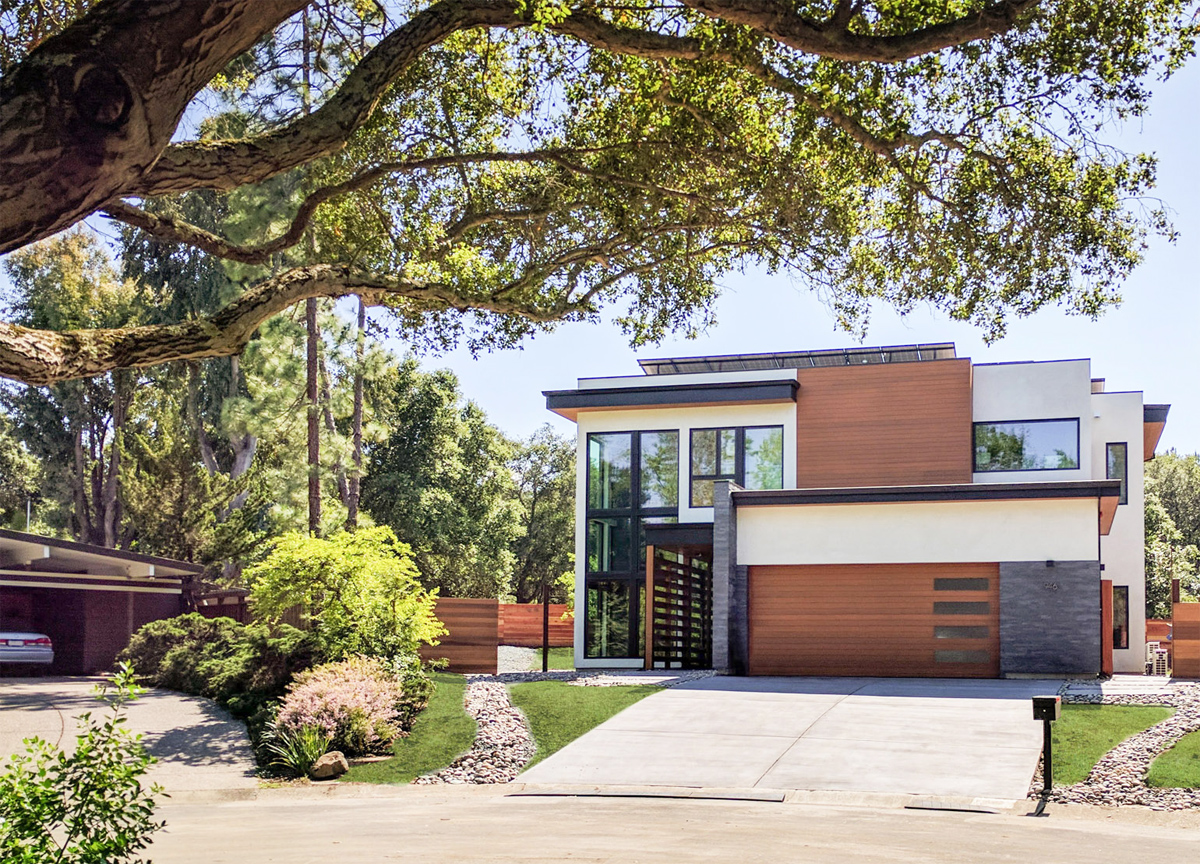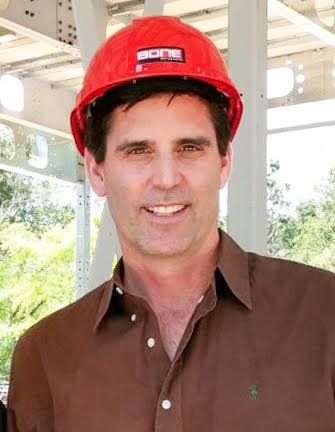Make Your Moneymaker
 |
|
|
 |
|
|
 |
|
|
|
|
It comes as no surprise that Professor Mark Jacobson's house is—how do we say?—'green' to the bone. Or to the BONE, as the case may be.
After all, Jacobson is one of the world's leading energy and climate scientists. He teaches civil and environmental engineering at Stanford University, where his newly built home, in the midst of nearly 100 custom-built mid-century Eichler homes on campus, was completed earlier this year.
"It's what I wanted, it's what I believe in," the professor said of the home, which he designed to use zero net energy (ZNE) but is currently only using half the power it generates from solar panels. "It's actually more efficient than I thought it would be," he added.
Jacobson clearly had his heart set on such efficiency, but there were challenges. One was the odd configuration of his relatively small lot on campus. To accommodate it, he looked at various building systems until a former student introduced him to BONE Structure, a Canadian company that was preparing to open its first U.S. offices in San Francisco.
"I was really inspired by Dr. Jacobson's research and his commitment to a sustainable future," said Guillaume Bazouin, a student who worked with the professor on energy research and advocacy before becoming director of product and innovation with BONE Structure.
"The other [systems], the shape of the house didn't fit very well," Jacobson recalled recently. "The BONE house, we were able to fit on our lot."
Alluding also to the reduced waste and inconvenience to his neighbors with a modular building system, he noted in a press release about the home, "I chose BONE Structure because it offered prefabricated benefits while providing more flexibility for the shape of the house and making the most of my odd-shaped lot."
The steel-framed homes lend themselves to energy efficiency with the precision of laser-cut frames and wall panels made of polystyrene, covered by plywood roofs and foam insulation and topped by a polyurethane coating and solar panels.
"Because it's a high-performance envelope, the amount of solar panels or batteries he needed to install was greatly reduced," commented Stefan Belina, BONE director of marketing and communications. "The difference with a BONE structure is, the effort to achieve net zero is greatly reduced."
"It definitely helped," agreed the professor, a Northern California native and co-founder of the non-profit Solutions Project, which works to promote renewable energy sources. He added that the BONE system (capitalized, but not actually an acronym) brought "less loss of energy" to his new home.
Another Stanford engineering graduate, Charles Bovet, is the son of Marc Bovet, who founded BONE in 2017 in Laval, Quebec. The firm's vice president of business development, the younger Bovet verified that the system's laser-cut precision and steel components prevent energy loss.




